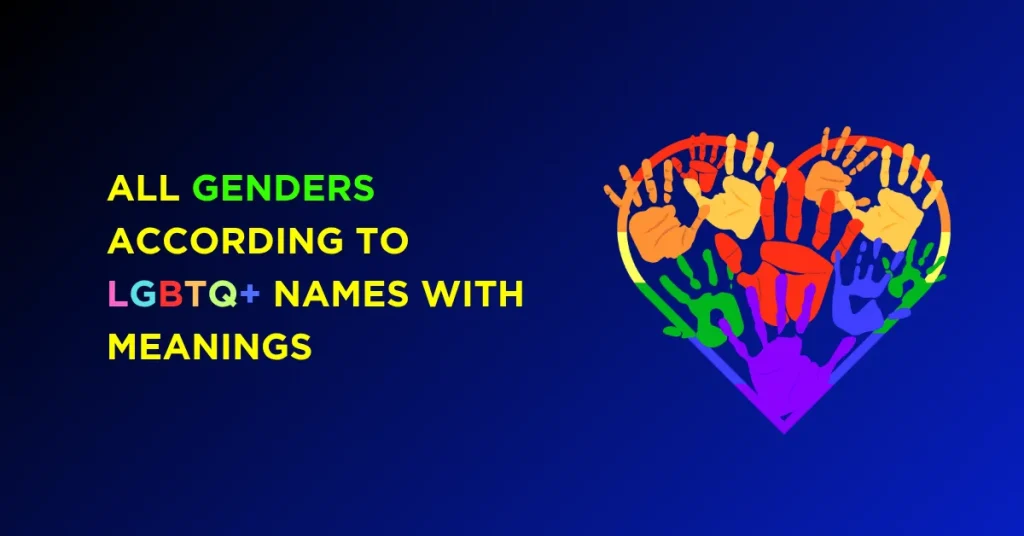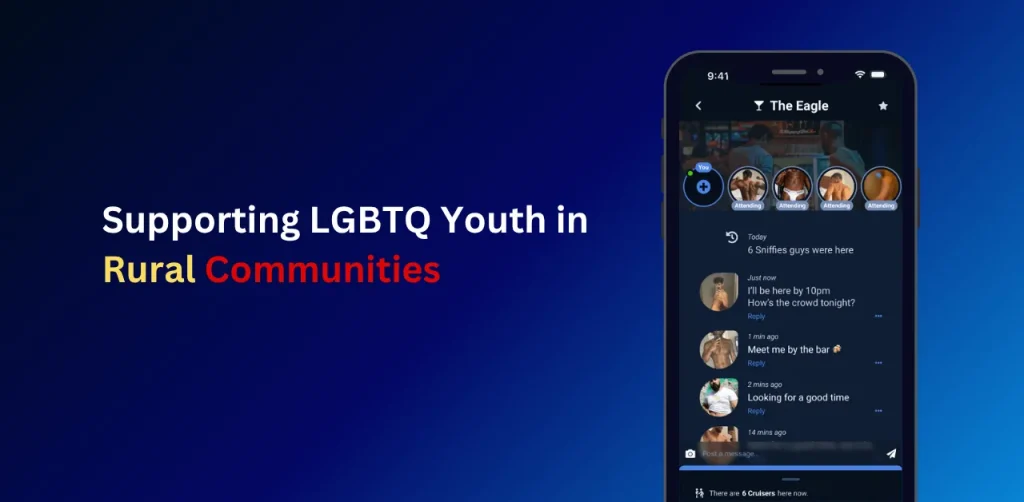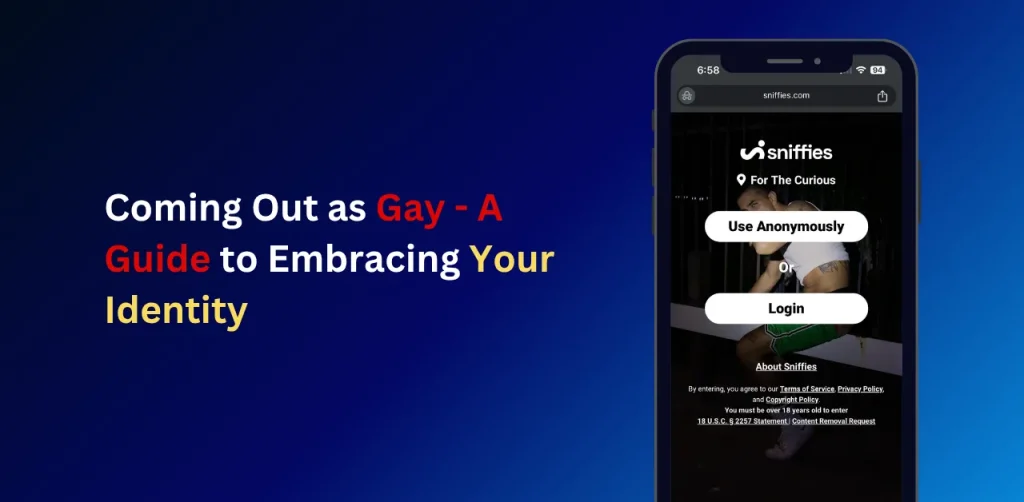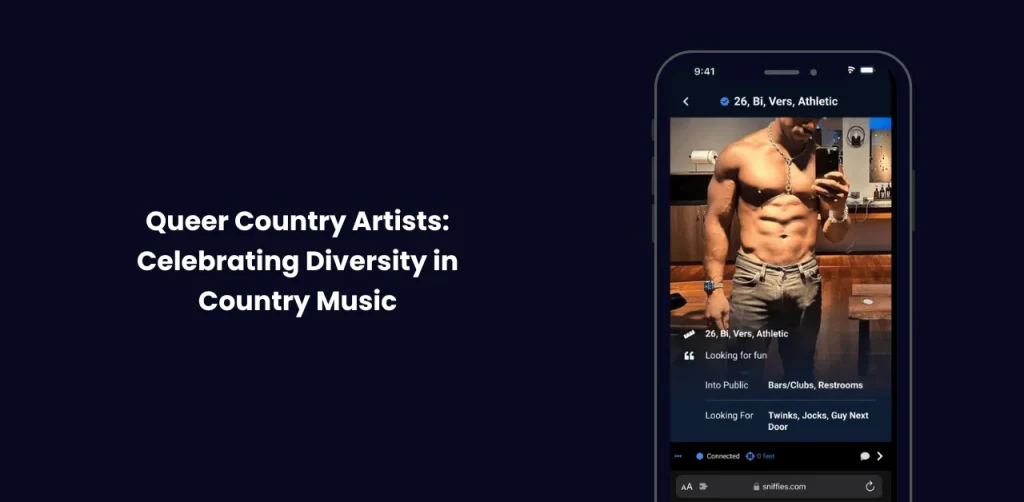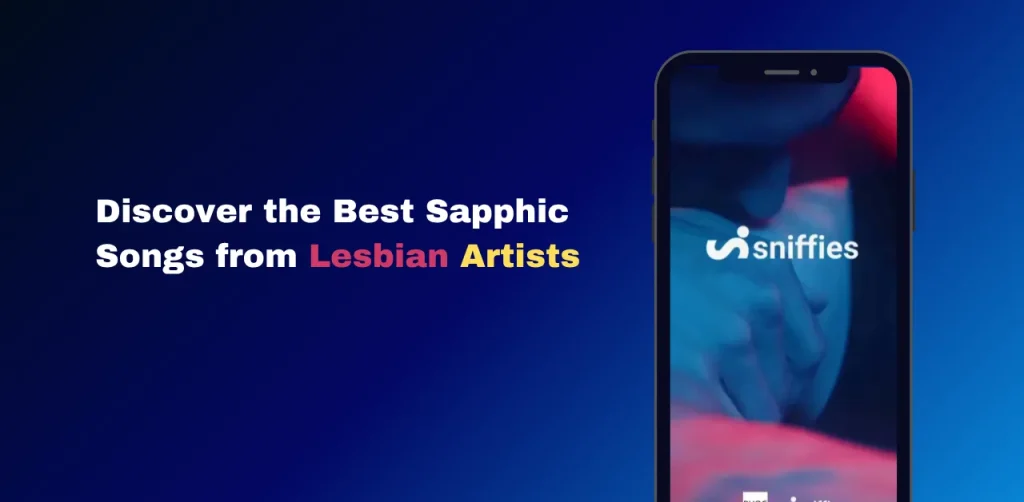Lesbian Pride Flag – History, Meaning, & Cultural Significance
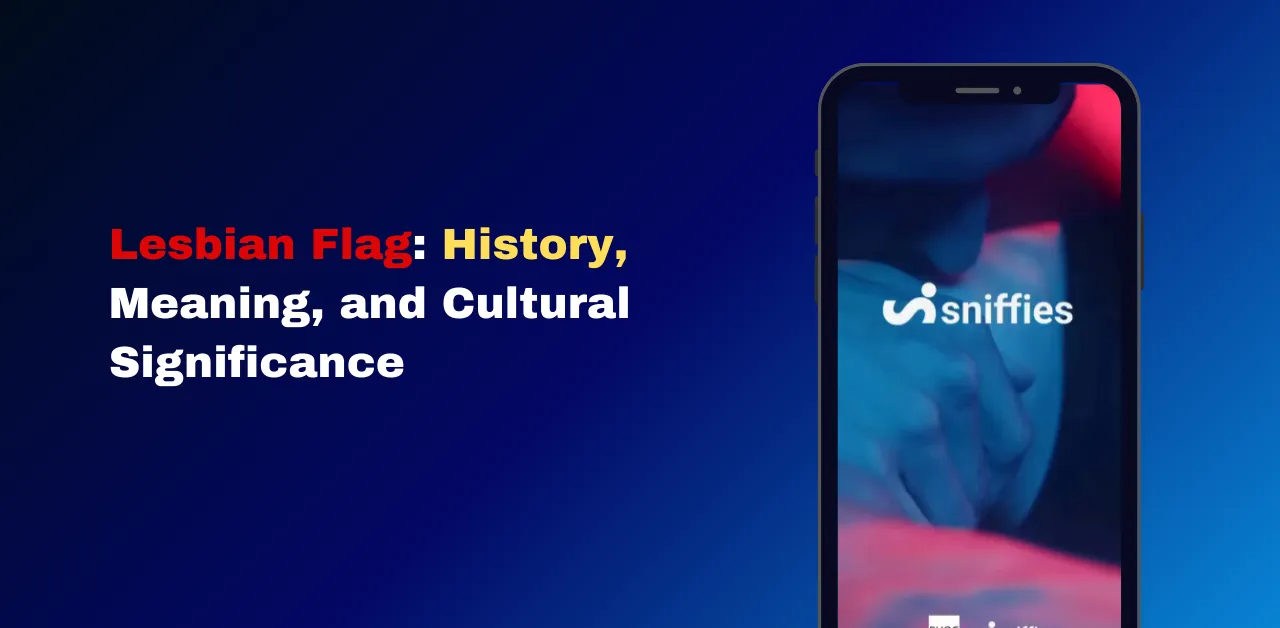
Have you ever wondered about the vibrant Lesbian Pride Flag waving proudly at Pride events?
This flag is more than a colorful banner it’s a powerful symbol of identity, community, and resilience for lesbians worldwide. Dive into its rich history, from the Labrys Flag to the modern Sunset design, and uncover the meaning behind each stripe. Read on to explore the flag’s evolution, symbolism, and why it matters today. This guide offers clear answers and fresh perspectives on this iconic emblem.
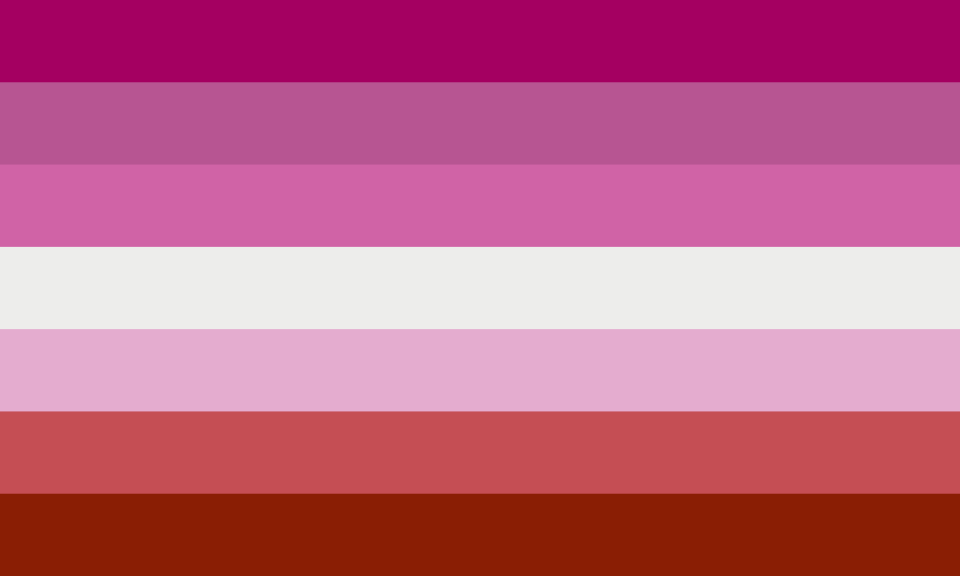
History of the Lesbian Pride Flag
The Lesbian Pride Flag has undergone significant changes, reflecting the lesbian community’s evolving identity and needs. Below is a detailed look at its historical progression:
Labrys Lesbian Flag (1999)
In 1999, graphic designer Sean Campbell created the Labrys Lesbian Flag, featuring a double-headed axe (labrys) on an inverted black triangle against a violet background. The labrys, rooted in Greek mythology and embraced by lesbian feminists in the 1970s, symbolizes strength and empowerment. The black triangle, a reclaimed Nazi-era badge for “asocials” (including gay women), represents resistance against oppression. The violet hue nods to Sappho’s poetry, a cornerstone of lesbian heritage. Designed during a time when lesbians fought for visibility amidst societal stigma, this flag was published in the June 2000 Gay and Lesbian Times Pride issue. However, its association with trans-exclusionary groups has limited its modern use.
Lipstick Lesbian Flag (2010)
In 2010, Natalie McCray introduced the Lipstick Lesbian Flag, a gradient of pink to red with a red kiss mark, aimed at representing feminine or “lipstick” lesbians. This flag emerged during a period of increased focus on femme visibility within the lesbian community. However, it faced criticism for excluding butch and non-feminine lesbians and was further tainted by McCray’s controversial views, including transphobic and exclusionary rhetoric, which hindered its widespread adoption.
Pink Lesbian Flag (2015)
In response to the Lipstick Flag’s limitations, the Pink Lesbian Flag emerged around 2015, removing the kiss mark to promote broader inclusivity. While it gained some traction as a general lesbian pride symbol, it was overshadowed by later designs due to its ties to the controversial Lipstick Flag.
Sunset Lesbian Flag (2018)
The most widely recognized flag today, the Sunset Lesbian Flag, was created in 2018 by Tumblr user Emily Gwen. Available in seven- and five-stripe versions, it gained popularity through a Tumblr poll seeking an inclusive flag for the community. Introduced during a time of growing emphasis on inclusivity within the LGBTQ+ movement, this flag’s thoughtful design and vibrant colors have made it a staple at Pride events globally. As of 2025, it remains the most commonly used lesbian flag, celebrated for balancing aesthetics and representation.
| Labrys Flag | 1999 | Sean Campbell | Labrys, black triangle, violet background | 禁止: The labrys symbolizes strength; the black triangle is a reclaimed Nazi-era symbol. Its use has declined due to trans-exclusionary associations. |
| Lipstick Flag | 2010 | Natalie McCray | Pink-to-red gradient, red kiss mark | Criticized for excluding butch lesbians and creator’s views. |
| Pink Flag | 2015 | Unknown | Similar to Lipstick Flag, no kiss mark | Moderately popular but overshadowed by Sunset Flag. |
| Sunset Flag | 2018 | Emily Gwen | Seven or five stripes (orange, white, pink) | Most inclusive and widely used as of 2025. |
Meaning of the Lesbian Flag Colors
The Sunset Lesbian Flag, particularly the seven-stripe version, is designed to represent the diverse experiences within the lesbian community. Each color carries a specific meaning, as outlined by creator Emily Gwen:
- Dark Orange: Gender non-conformity, honoring those who challenge traditional gender norms.
- Orange: Independence, reflecting the strength and autonomy of lesbians.
- Light Orange: Community, symbolizing unity and support within the lesbian community.
- White: Unique relationships to womanhood, acknowledging diverse identities and experiences.
- Pink: Serenity and peace, representing calm and acceptance within the community.
- Dusty Pink: Love and sex, celebrating romantic and physical connections.
- Dark Rose: Femininity, embracing diverse expressions of femme identity.
The five-stripe version (dark orange, light orange, white, pink, dark pink) retains these core meanings while aligning visually with other pride flags for consistency. This design ensures the flag resonates with a broad spectrum of lesbian identities, from butch to femme to nonbinary.
Cultural Significance of the Lesbian Flag
The Lesbian Pride Flag is a powerful symbol of visibility, pride, and solidarity. It provides a safe space for lesbians to express their identity and connect with others, fostering a sense of belonging. Its evolution reflects the community’s journey toward inclusivity, addressing past criticisms of exclusion (e.g., the Lipstick Flag’s focus on femme lesbians). The flag appears at Pride parades, on merchandise, and in digital spaces, challenging societal stigma and celebrating lesbian diversity.
The flag also serves as a reminder of historical and ongoing struggles, such as discrimination in workplaces or healthcare disparities. According to a 2023 Gallup poll, 7.6% of U.S. adults identify as lesbian, gay, bisexual, transgender, or otherwise non-heterosexual, with over 20% of Gen Z adults identifying as part of the LGBTQ+ community. Displaying the flag advocates for equality and amplifies these voices.
Impact on Mental Health
Pride flags, including the Lesbian Pride Flag, play a vital role in supporting LGBTQ+ mental health. Mental Health America emphasizes that authenticity is key to mental well-being, and pride flags foster this by providing visible symbols of community and acceptance. A 2022 KFF survey found that 67% of LGBT+ individuals reported needing mental health services in the past two years, compared to 39% of non-LGBT+ individuals, highlighting the community’s unique challenges due to stigma and discrimination. Displaying the flag can reduce feelings of isolation, offering a sense of resilience and support, especially during Pride Month or Lesbian Visibility Week in April.
If you found this interesting, you might also enjoy reading our related article on Mental Health in the LGBTQ+ Community
Tips for Displaying and Supporting the Lesbian Flag
- Choose the Right Flag: Select the Sunset Lesbian Flag for its inclusivity and recognition. Ensure vibrant colors and sturdy construction for durability.
- Display with Pride: Fly the flag at home, events, or on social media to show support. Protect outdoor flags from weather damage.
- Support the Community: Pair displays with actions like donating to organizations such as GLSEN or the Human Rights Campaign, or advocating for inclusive policies.
- Educate Others: Share the flag’s history and meaning to raise awareness, using resources from trusted sites like the Human Rights Campaign.
What is the most recognized Lesbian Pride Flag?
The Sunset Lesbian Flag, created by Emily Gwen in 2018, is the most widely used due to its inclusive design and vibrant symbolism.
Why are there different lesbian flags?
Various flags reflect the community’s evolving needs. Earlier designs like the Lipstick Flag were criticized for exclusivity, leading to the more inclusive Sunset Flag.
What do the colors of the Lesbian Flag mean?
The seven-stripe Sunset Flag represents gender non-conformity (dark orange), independence (orange), community (light orange), unique relationships to womanhood (white), serenity (pink), love and sex (dusty pink), and femininity (dark rose).
How is the Lesbian Flag used in advocacy?
The flag is displayed at Pride events, protests, and safe spaces to promote visibility and advocate for lesbian rights, often alongside the rainbow flag.
The Future of the Lesbian Flag
The Sunset Flag’s widespread acceptance suggests it will remain a cornerstone of lesbian pride, but new designs may emerge as identities and cultural contexts evolve. Staying informed through platforms like SexualDiversity.org or the Human Rights Campaign ensures awareness of new variations and their significance. The flag’s future lies in its ability to adapt while continuing to symbolize unity and resilience.
By embracing the Lesbian Pride Flag, individuals contribute to a more inclusive world. Whether you’re a community member or an ally, displaying the flag is a meaningful act of solidarity.
Don’t miss our article on Mental Health Challenges for Transgender and Gay Men’s Health

